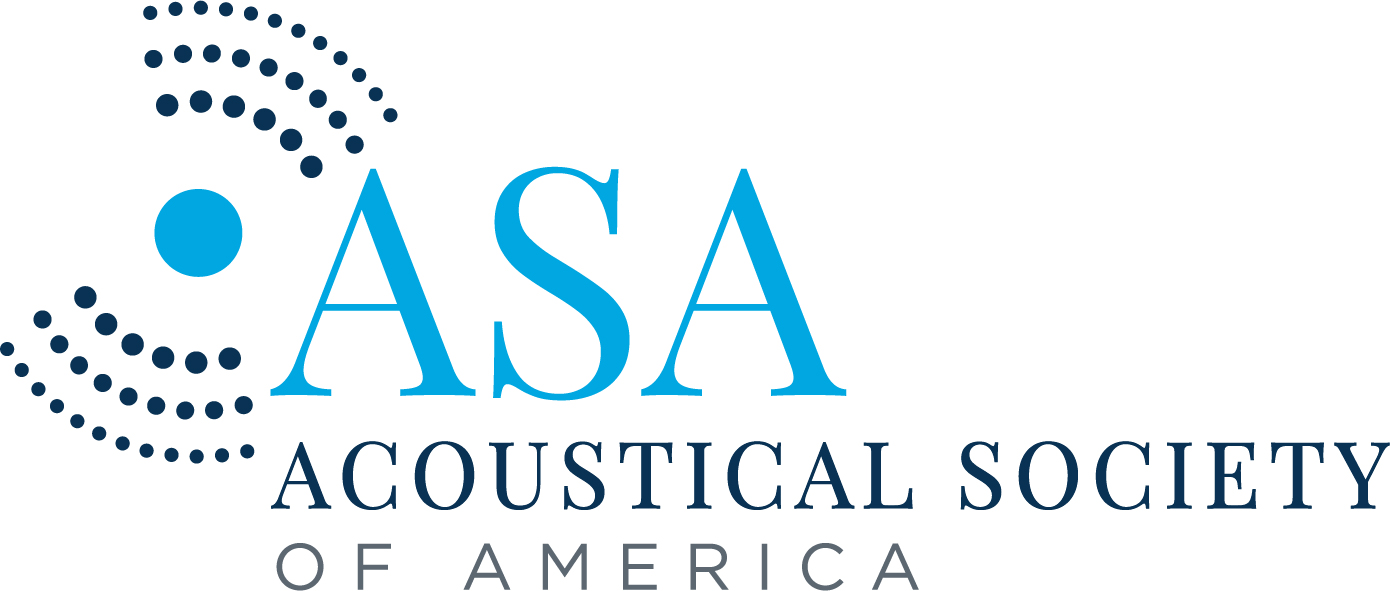3aNS4 – Protecting Sleep from Noise in the Built Environment
Jo M. Solet – Joanne_Solet@HMS.Harvard.edu
Harvard Medical School, Division of Sleep Medicine
Boston, MA United States
Popular version of paper 3aNS4 Protecting sleep from noise in the built environment
Presented Thursday, June 10, 2021
180th ASA Meeting, Acoustics in Focus
Recognition is growing over the need to protect patrons from hearing damage caused by high sound levels in stadiums and concert halls. In parallel, attention must be drawn to the health and safety impacts of lower level sound exposures, which contribute to resident sleep loss in built environments.
Those living in aging or poorly built, multiple occupancy buildings are likely to have substantial exposure to site exterior noise intrusions, as well as to noise produced within their own building envelopes. Sleep disruptive noise is very common in crowded, under-resourced neighborhoods; along with limited access to fresh food, poor air quality, and inadequate access to healthcare, disrupted sleep contributes to known health disparities. Older individuals are especially vulnerable, since as we age the parts of the night spent in the deepest sleep, most protected from disruption by noise, continues to decrease. Unfortunately, noise complaints are too often described as “annoyance” without recognition of potential health impacts.
Many localities have ordinances that define day and night sound level maximums, as measured at property lines; these typically apply to noise nuisance produced on one property and experienced on another, excluding noise produced inside a building, experienced between units. In Cambridge MA, noise intrusion enforcement is complaint-driven only. For local government to address the problem, those who are disturbed by noise emanating from an abutting property must first be aware of their rights, then file a complaint and submit evidence and or/attend a public hearing. This requires sophisticated self-advocacy, as well as time free from other responsibilities. Those carrying multiple jobs, doing shift work or having concerns about language skills or residency status, may not act on their rights even when they are aware of them.
It is well known that anticipating needed noise protections before construction is much easier and more cost-effective than retrofitting. Planning and design review for public housing, for example, should include attention to acoustics. Special care must be taken to consider “site exterior noise” such as auto traffic, commuter rail, overhead air flights, air-handling equipment and heat pumps, even local sirens and trash pick-up. Noise generated from “with-in the building envelope” including by elevators, plumbing, footfalls and other resident activities must also be considered in planning design configurations, and in selecting construction materials and finishes.
Insufficient sleep is known to have multiple negative health impacts, including upon cardiovascular health and diabetes risk, as well as impaired antibody production. Supporting the immune system through sufficient sleep has become especially critical during the Covid-19 crisis, both for directly fighting infection and for supporting adequate vaccine response.
By protecting sleep from disruption by noise, acoustics professionals have an important role to play in supporting public health. To address health disparities and other inequities in our society, we must come together, join forces and contribute to problem-solving beyond academic boundaries. I encourage my colleagues to step up and use science to inform policy. As part of the Division of Sleep Medicine at Harvard Medical School, I welcome your partnership and expertise.






 Figure 1: The three guitars in their completed state. The left and center guitars are the OMs and the right guitar is the 000-28.
Figure 1: The three guitars in their completed state. The left and center guitars are the OMs and the right guitar is the 000-28. Figure 2: Various stages of the 000-28 construction.
Figure 2: Various stages of the 000-28 construction. Figure 3: Vibration measurement setup.
Figure 3: Vibration measurement setup.
 Figure 1. Video of methane gas bubbles rising through the ocean’s water column within the COP seep field.
Figure 1. Video of methane gas bubbles rising through the ocean’s water column within the COP seep field.

